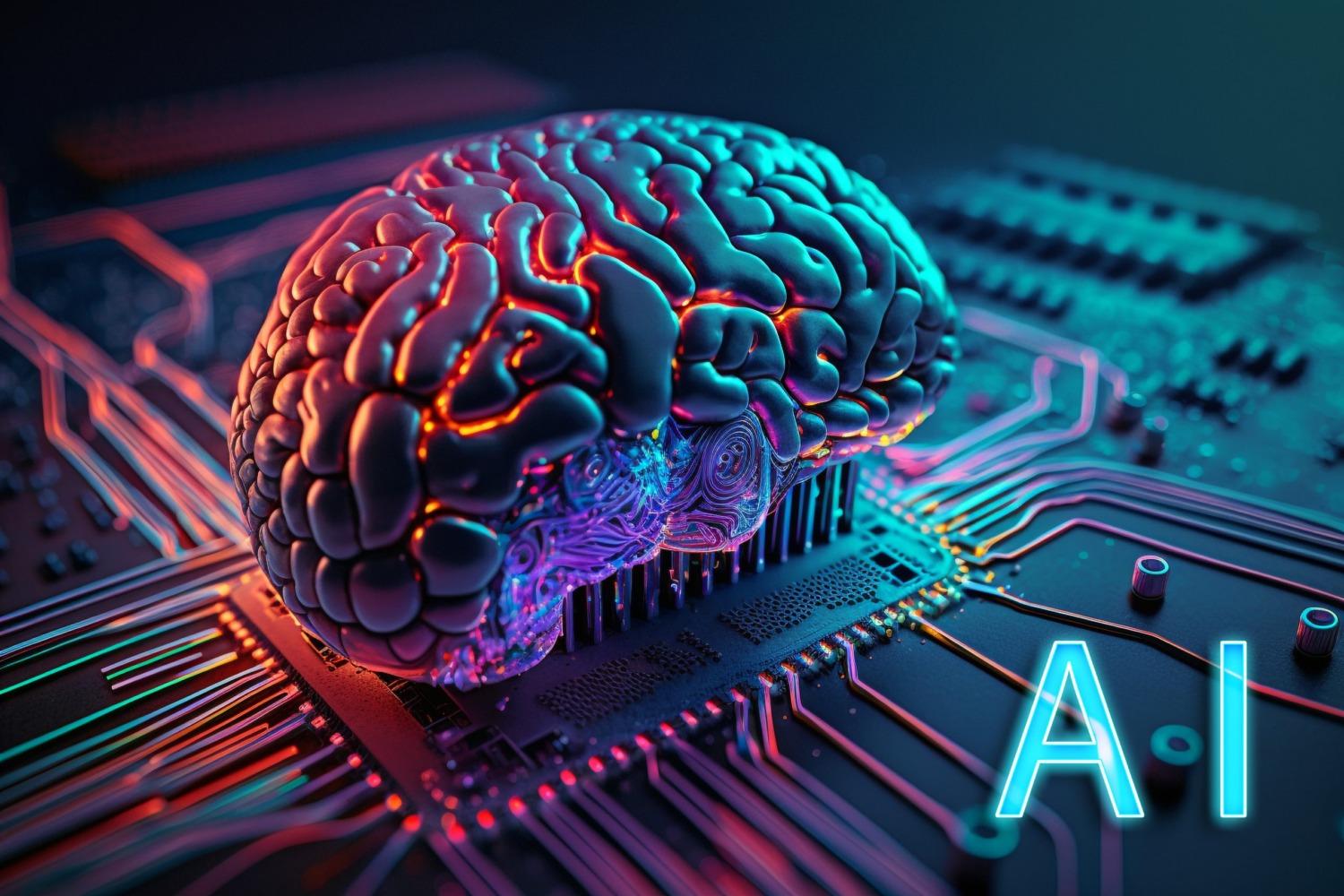Teaching AI to Understand System Design Tradeoffs Like a Senior Engineer

Why System Design Tradeoffs Matter
Ask any senior engineer what separates juniors from seasoned veterans, and you’ll likely hear one phrase: tradeoffs.
It’s not hard to design a system that’s fast, scalable, or reliable—individually. The challenge is building one that balances these forces. Do you sacrifice speed for maintainability? Do you prioritize user experience over raw performance? Do you choose vertical scaling now, or design horizontally for the future?
These are questions of nuance. And nuance is exactly where AI often struggles.
But what if we could teach AI to reason like a senior engineer—not just generate code, but weigh tradeoffs with context? That’s the challenge I set out to explore with Crompt AI.
Where AI Stumbles in Tradeoffs
Most ai chatbot systems are excellent at pattern-matching: you ask for a database schema, it gives you one; you request a load balancer explanation, it offers a clear summary. But tradeoffs are different.
Why? Because tradeoffs require:
-
Historical awareness – knowing what has failed in similar designs before.
-
Domain prioritization – understanding business context, not just technical possibility.
-
Risk tolerance – balancing short-term delivery against long-term scalability.
When I first tested AI for design reviews, it often gave “perfect” answers—but they were too perfect. They didn’t wrestle with ambiguity. And ambiguity is where real engineering lives.
Bringing State Awareness Into the Process
The breakthrough came when I stopped asking AI for answers and started using it for reasoning frameworks.
With Ai Assistant Crompt AI, I set up a workflow where tradeoffs were explicitly modeled:
-
Using the SEO Optimizer as an analogy, I had the AI assign “weights” to different system qualities (performance, reliability, cost).
-
The Sentiment Analyzer helped me reframe ambiguous stakeholder requirements into measurable priorities.
-
The Content Scheduler acted like a planner, showing how tradeoffs would play out over different time horizons.
-
The AI Script Writer drafted clear decision logs, much like senior engineers document why a path was chosen.
Suddenly, AI wasn’t just spitting out architectures—it was explaining the thinking behind them.
Building a Tradeoff Framework With AI
Here’s how I structured a real-world example.
Scenario: Designing a real-time analytics dashboard.
-
Requirement A: Must handle spikes of 1M+ events/minute.
-
Requirement B: Latency under 2 seconds.
-
Constraint: Budget for infrastructure is capped.
Traditionally, a senior engineer would weigh Kafka vs. Kinesis, Redis vs. DynamoDB, microservices vs. monolith. Instead of asking AI directly which is better, I fed it this prompt:
“Score each design choice on scalability, latency, and cost. Assign weights of 40/40/20. Show tradeoffs explicitly.”
With GPT-4o Mini and Claude 3.5 Haiku, I got a table ranking options and a narrative explaining why Kinesis might save operational overhead but introduce AWS lock-in, or why Redis caches lower latency but add complexity.
This mirrored how senior engineers think: structured, comparative, and contextual.
The Role of Specialized Tools
Different AI tools added layers of depth:
-
The Document Summarizer compressed design docs into decision-ready briefs.
-
The Study Planner and Ai Tutor helped me refine my own gaps in distributed systems knowledge.
-
The Trend Analyzer revealed how modern companies were evolving architectures in 2025.
-
The Research Paper Summarizer condensed academic insights on consensus algorithms and CAP theorem tradeoffs.
Even creative tools had a role:
-
The AI Caption Generator reframed dense technical discussions into stakeholder-friendly updates.
-
The quirky AI Tattoo Generator sparked metaphorical thinking—like seeing sharding as “slicing a pie” rather than “partitioning nodes.”
AI stopped being a passive assistant and became an active tradeoff partner.When AI Finally Felt Senior
There was a specific moment I realized AI had crossed into “senior engineer” territory.
We were debating whether to shard a database early or delay. My instinct said wait. The AI, running through tradeoff scoring, noted:
-
Short-term: Delaying simplifies rollout and saves budget.
-
Mid-term: Risk of re-architecture when scaling beyond 50K users.
-
Long-term: Early sharding costs more upfront but prevents migration headaches.
It didn’t just tell me what to do—it made the tradeoff explicit, and even suggested documenting the choice for future teams. That’s exactly what a senior engineer would do.
Why This Matters for Developers
AI isn’t here to replace engineering judgment. But it extends judgment by making hidden tradeoffs visible.
Here’s why that matters:
-
Faster onboarding: Juniors learn tradeoff thinking by reading AI explanations.
-
Clearer communication: Decision logs generated by AI prevent “why did we do this?” confusion later.
-
Reduced bias: AI doesn’t cling to ego-driven choices; it evaluates based on defined weights.
-
Global accessibility: Small startups now get access to “senior-level thinking” without a huge headcount.
In other words: AI turns system design into a teachable, repeatable process.
Models That Shine in Tradeoff Work
-
Grok 3 Mini: Best at breaking down ambiguous problems into tradeoff categories.
-
GPT-4o Mini: Excellent for structured frameworks and comparative scoring.
-
Claude 3.5 Haiku: Distills complexity into clean prose for decision-making.
-
GPT-3.5 Turbo: Great for brainstorming multiple architecture paths quickly.
Instead of a single AI, tradeoff reasoning thrives when multiple models act as a design council.
Final Reflection
Teaching AI to understand tradeoffs isn’t about giving it “human intuition.” It’s about giving it structure, context, and memory—so it can mirror the way senior engineers think.
When AI becomes part of the design process, developers gain not just faster solutions but clearer decision frameworks. And in a world where scaling, cost, and complexity constantly collide, clarity is the true senior skill.
- Art
- Causes
- Crafts
- Dance
- Drinks
- Film
- Fitness
- Food
- Games
- Gardening
- Health
- Home
- Literature
- Music
- Networking
- Other
- Party
- Religion
- Shopping
- Sports
- Theater
- Wellness


